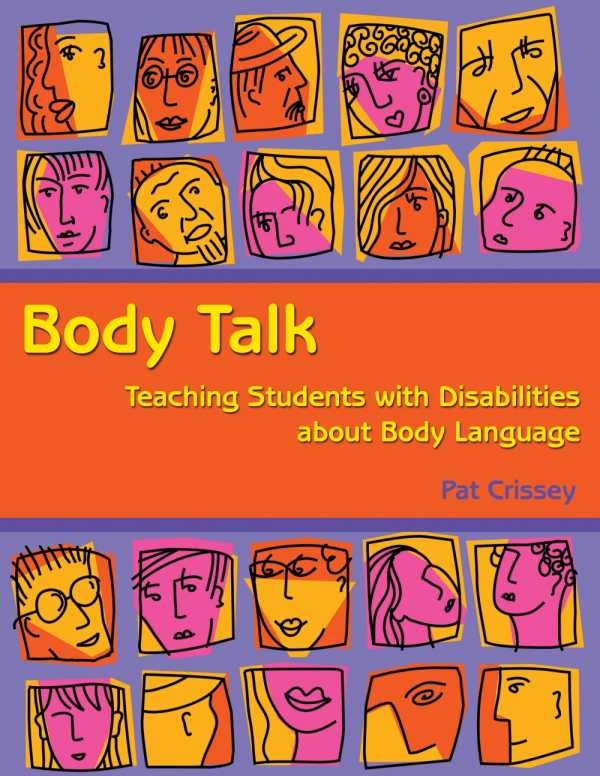Body Talk
Teaching Students with Disabilities about Body Language
Activities, lessons equip teachers with tools to help autistic and other kids communicate in and out of the classroom.
Body Talk: Teaching Students with Disabilities about Body Language, by Pat Crissey, delivers just what the subtitle promises. It gives teachers and others the knowledge and resources to teach children with Asperger syndrome, autism, and other challenges about emotions, facial expressions, posture, gestures, and more. These vital life skills are needed for many children (and adults). The skills in this book are keys to positive communication and interpretation of the world. Body Talk is a bridge that helps students with disabilities connect with others and negotiate relationships.
The first half of the book explains the concepts to teach and how to teach them. As a result teachers will know what cues students may be missing in communication and how to keep complicated topics like eye contact simple and understandable for kids. Throughout this section, Crissey includes resources such as lists of kids’ books about emotions and suggestions of video clips to teach handshakes.
The second part—nearly half the book—is filled with worksheets, games, and illustrations to go along with each concept the book covers. Activities mix a variety of approaches, methods, and learning styles so teachers can tailor and reinforce the lessons. These resource pages are also available in printable form on the accompanying CD-ROM—a priceless time-saver for busy teachers.
Throughout the book there are professional-looking, hand-drawn sketches to help explain concepts to students. They’re accurate to the concepts and have a simple, approachable feel that students can relate to and understand.
Body Talk is particularly well suited to elementary school special education teachers, but the skills and methods Crissey discusses are also relevant to teachers of older students and those who may not be identified as autistic or special needs. Truly, any teacher can find insight in this book to help them understand and equip students for positive communication in and out of the classroom.
The author has several decades of experience working as a special education teacher. Her wisdom shines through each page. Crissey knows her audience inside and out and every element of the organization, structure, tone, and resources of this book reflects that. As a result, readers will easily trust her voice and expertise. The meticulousness and tone of the book convey the author’s respect for both students and teachers.
Body Talk breaks down a nuanced subject that’s second nature to most people, and shows teachers how to easily translate it into concepts that will help students. The content of Body Talk builds fluidly on the author’s previous book Getting the Message: Learning to Read Facial Expressions.
Reviewed by
Melissa Wuske
Disclosure: This article is not an endorsement, but a review. The publisher of this book provided free copies of the book and paid a small fee to have their book reviewed by a professional reviewer. Foreword Reviews and Clarion Reviews make no guarantee that the publisher will receive a positive review. Foreword Magazine, Inc. is disclosing this in accordance with the Federal Trade Commission’s 16 CFR, Part 255.

